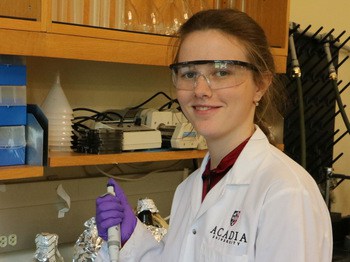
Background
Successful crop farming is often dependent on the quality of irrigation water that is readily available. Salinity, toxic ions, heavy metals and other parameters can affect the crops and soil health. Microbiological pathogens in the water can also present issues by contaminating crops and causing biofouling in irrigation equipment.
Irrigation System Model
The purpose of this project is to evaluate microbial concentrations (E. coli) throughout an irrigation system considering biofilm and spray head pressure. An irrigation system was simulated using PVC pipe, an annular reactor (AR), hose, and sprinkler heads (shown in Figure 1). The AR wa used to represent the pipeline through which water is delivered to an irrigation system, and the constructed pipes attempt to replicate the conditions expected in a 40-acre field system.
Our Research
Feed water is pumped into the system at a specified rate, and E. coli K12 concentrations are monitored by plating samples taken at various stages in the system. Figure 2 shows the plates and growing colonies from
a sample of the stock solution.
The goal of the project will be to study the interactions between the system and the pathogens being introduced through the feed water. Two considerations under evaluation include:
- Formation of biofilm and subsequently microbiological regrowth on pipe surfaces, and how bacteria may re-enter the bulk water to be sprayed on crops.
- The potential for the pressure of the spray heads to damage microbiological cells as they exit the system.


 Acadia University
Acadia University